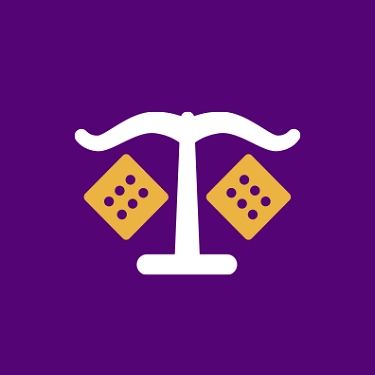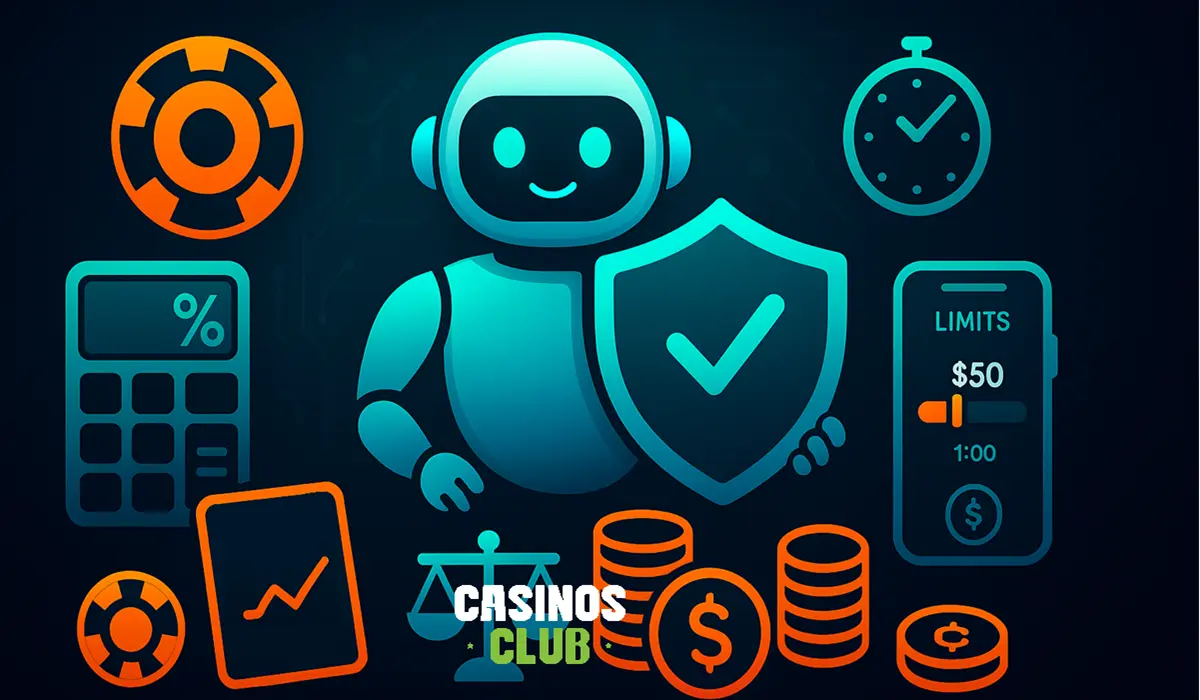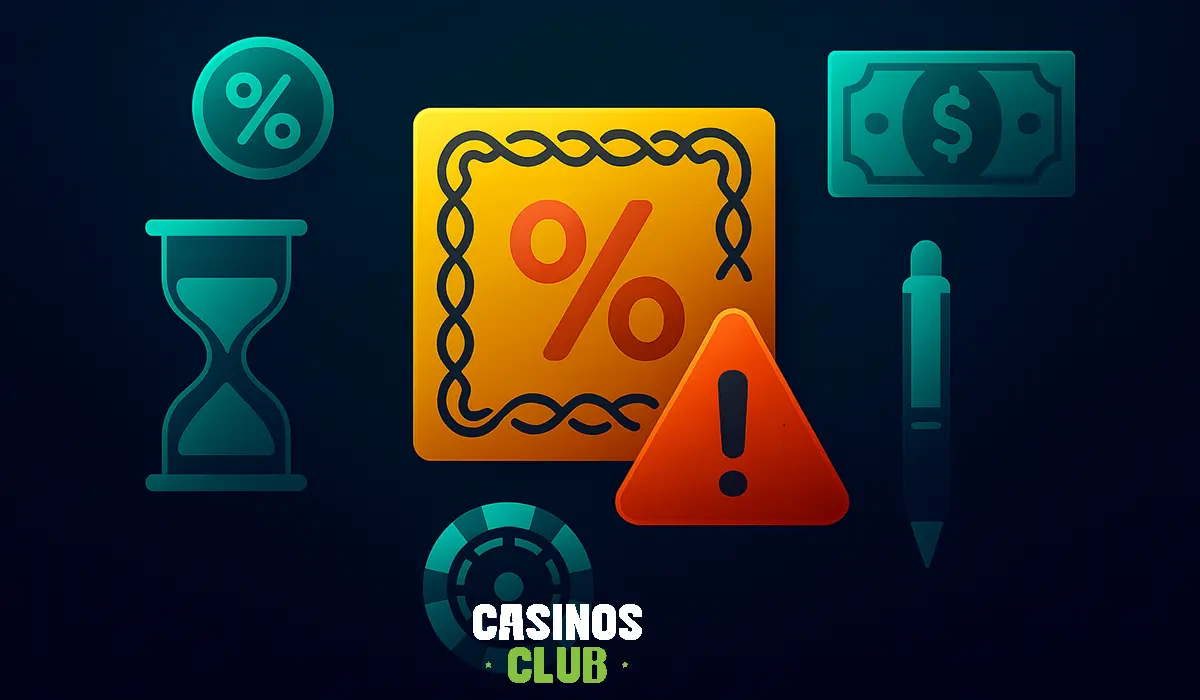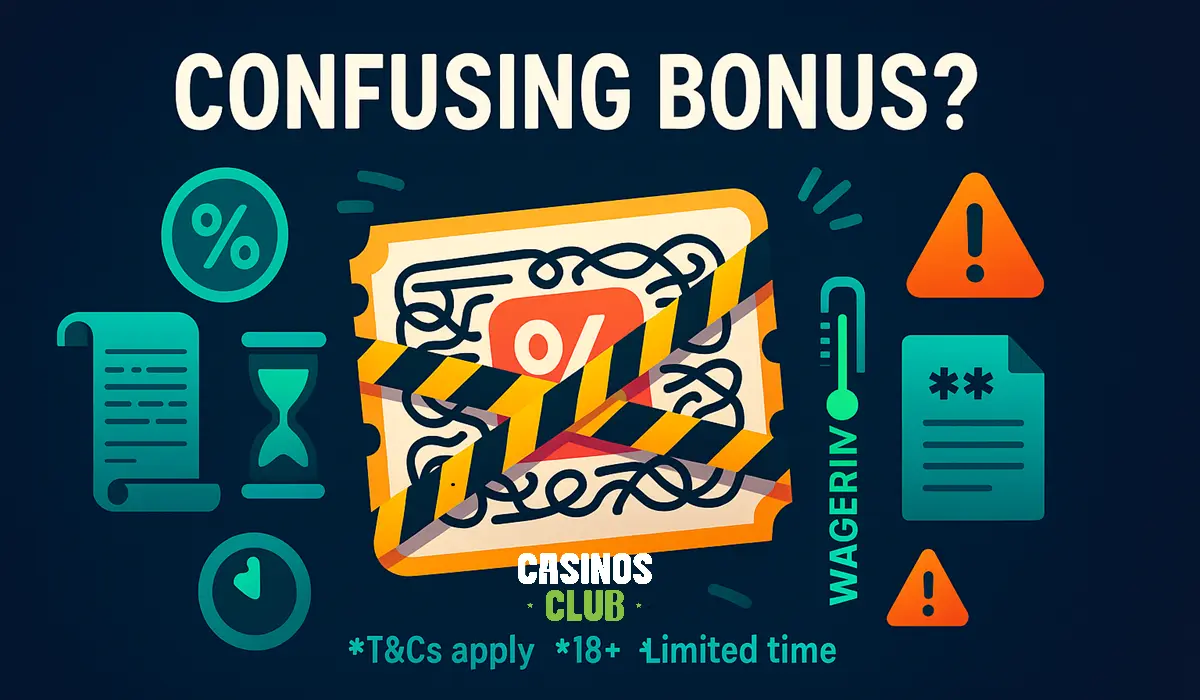
22 March 2025
Blackjack Split Strategy | How & When to Split & Win Big
Blackjack is exciting because it’s not just luck, it's about strategy too, like the blackjack split strategy. One important strategy you must know is splitting. But when do you split in blackjack, and how does it help you win more?
Let's dive in and break it down step-by-step so you'll know exactly what to do next time you sit at the blackjack table.
What is a Split in Blackjack?
Before you become a blackjack master, you've got to understand the basics. Splitting in blackjack means dividing your hand into two separate hands when you have two cards of the same value.
This gives you two chances to win instead of just one.

Understanding Blackjack Split Rules
Every real money casino has certain rules about splitting, but the basics are generally the same everywhere. Here’s what you need to know:
- You can only split your hand if the first two cards have the same value.
- Once you split your cards, you'll play each new hand separately.
- Usually, you'll need to place a second bet equal to your first bet when you split.
- Some casinos allow multiple splits; others restrict how many times you can split.
How to Split in Blackjack
To help you visualize, here’s a simple step-by-step process:
- Look at your first two cards. Are they the same value? Great, you have the option to split.
- Tell the dealer you want to split and place another bet next to your original wager.
- The dealer separates your cards into two hands and deals a second card for each.
- You play each hand separately, just like a normal round.
Simple, right? Now, let’s dig deeper into the best times to use this powerful strategy.
When Can You Split in Blackjack?
Just because you can split doesn't mean you always should. The trick is knowing exactly when splitting gives you the best chance to win.
Cards You Can Split
Usually, you can split any two cards of the same value. Here’s a quick list:
- Two Aces (highly recommended)
- Two 8s (generally recommended)
- Cards valued 2 through 9 (depends on dealer’s card)
- Two 10s or face cards (typically not recommended, but allowed)
Can You Split Face Cards in Blackjack?
A common question players ask: can you split a king and a queen in blackjack? or can you split a 10 and a face card in blackjack?
Even though face cards have different images, they're both valued at 10, which usually means casinos let you split them.
However, strategically, splitting these is usually not smart, because 20 is already a very strong hand.
|
Card Combination |
Can You Split It? |
Should You Split? |
|
10 & Jack |
Usually Yes |
No |
|
King & Queen |
Usually Yes |
No |
|
Jack & Queen |
Usually Yes |
No |
Blackjack Split Strategy Explained
Winning blackjack consistently isn’t just about rules, it's about smart choices based on what you and the dealer have. Let's explore the best blackjack split strategies.
Always consider the online casino rules, like whether the dealer hits or stands on soft 17, because this small detail can change your splitting decisions and overall strategy.

When Should You Split in Blackjack?
Generally speaking, splitting is a good idea if:
- You have two Aces: Because this creates two chances to hit blackjack.
- You have two 8s: Because 16 is a weak hand, splitting 8s can lead to two stronger hands.
- The dealer has a weaker card (4, 5, or 6), and you have lower pairs (like 2s, 3s, 6s, or 7s).
For quick decisions at the table, many players keep a blackjack strategy chart handy, clearly showing when splitting gives you the best advantage against the dealer’s card.
Blackjack: When NOT to Split
Avoid splitting if:
- You have two 10s or face cards (King, Queen, Jack): A 20-point hand is strong. Splitting gives you weaker hands.
- The dealer has a strong card (like a 10 or Ace), making your split more risky.
Splitting Specific Cards: The Best Moves
Not every card is equal when splitting. Here's how you should handle the most common card pairs.
Before splitting, it's essential to understand basic blackjack card values, as this helps you quickly decide which hands are strong enough to split.
Should You Split 10s?
Generally, no. You might think splitting two 10s doubles your chance for blackjack, but statistically, it lowers your chance of winning. A hand value of 20 already has a high chance of beating the dealer.
Should You Split 9s in Blackjack?
Players often wonder, do you split 9s in blackjack? The answer is usually yes, but it depends on the dealer’s card. Check this quick guide:
|
Dealer's Card |
Should You Split 9s? |
|
2-6 |
Yes |
|
7 |
Yes |
|
8 or 9 |
No |
|
10 or Ace |
No |
Splitting 9s against a dealer’s weak card often gives you a great shot at two strong hands. But against an 8 or 9, you already have a strong hand of 18, so it's better to stick.
How and When to Split 7s
Splitting 7s can be smart if the dealer shows a weak card. Follow this simple rule:
- Split 7s if the dealer shows a card between 2 and 7.
- Don’t split if the dealer shows an 8, 9, 10, or Ace. In these cases, it's safer to hit instead.
Can You Double Down After Splitting?
Another key question is: can you double down on a split? Usually, yes, most casinos let you double down after splitting, and this can significantly boost your winnings.
Maximizing Profits After a Split
To get the most from doubling down after a split, keep these tips in mind:
- Double down when your new hand totals 9, 10, or 11.
- Only double down if the dealer shows a weak card (like 4, 5, or 6).
- Be aware of casino rules; some casinos limit doubling after splitting.
|
Hand Value |
Dealer Card |
Double Down? |
|
9-11 |
4,5,6 |
Yes |
|
Less than 9 |
Any card |
No |
Doubling down can be profitable if used wisely, just always check the casino rules first.
Common Mistakes to Avoid in Splitting
Splitting can boost your wins, but doing it incorrectly can hurt your bankroll. Watch out for these common pitfalls:
Why Splitting Incorrectly Hurts Your Game
- Splitting 10s: Reduces a strong 20-point hand to weaker hands.
- Splitting small pairs when dealer is strong: Can lead to two losing hands.
- Ignoring casino rules: Always make sure you know if the casino restricts splits or doubles.
Be cautious and deliberate. Understanding your strategy thoroughly prevents costly mistakes.
If your hand seems particularly weak after splitting, consider whether blackjack surrender is available, it allows you to minimize your losses by giving up half your bet instead of risking it all.
Conclusion
Now you’ve learned everything important about splitting in blackjack, including the best blackjack split strategy, the right times to split, and mistakes to avoid. Remember, practice makes perfect, so get out there, sharpen your skills, and start playing smarter. Good luck at the tables!
Looking to play online and practice your splitting strategy? Visit our list of the best online live dealer blackjack sites and start playing with real dealers right away.
FAQs
1. Can you split face cards in blackjack even if they're different (like a King and a Queen)?
Yes, most casinos allow it because both cards have a value of 10. However, splitting face cards isn’t recommended because 20 is already a strong hand.
2. What cards do you split in blackjack every time?
Always split Aces and 8s. Splitting Aces gives you two chances for blackjack, while splitting 8s turns a weak 16 into two potentially stronger hands.
3. Can you double down after splitting your cards?
Usually yes, but rules vary. Most casinos let you double down after splitting. Always double-check with the casino's specific rules.
4. Should you split 10s in blackjack?
No. A hand of 20 is already very strong, and splitting would usually weaken your position rather than strengthen it.
5. What does split mean in blackjack?
Splitting means dividing your initial pair into two separate hands, each played independently, usually by placing an additional bet equal to your first.
6. When should you split 9s in blackjack?
You should split 9s when the dealer has a weak card (2-6 or 7). If the dealer shows an 8, 9, 10, or Ace, it's better to stand.
7. Can you split a 10 and a Jack in blackjack?
Yes, most casinos allow splitting any cards valued at 10. However, strategically, it’s best to keep them together because they already form a strong 20-point hand.










